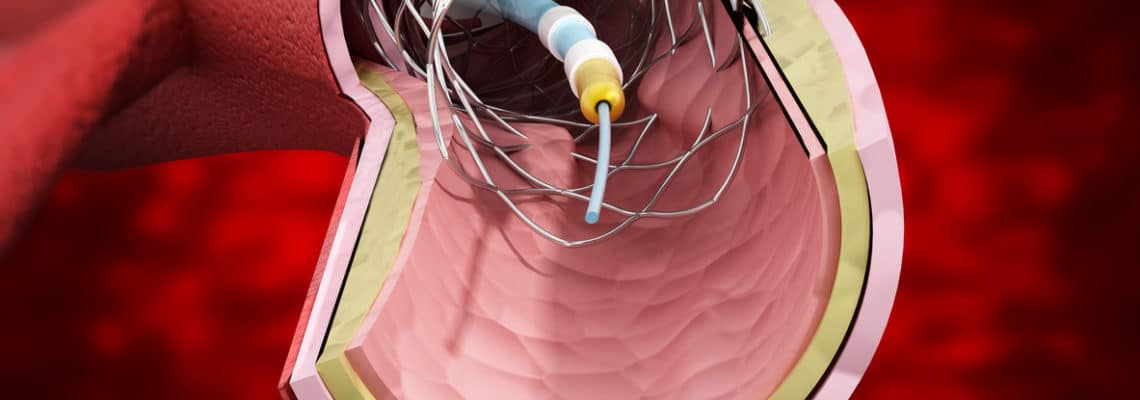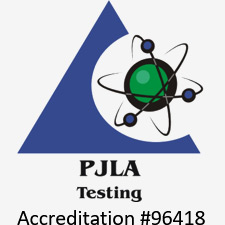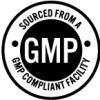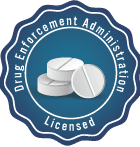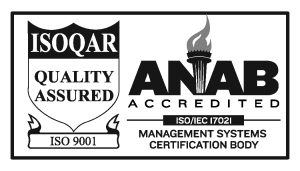The medical device development process is certainly not as simple as bringing an idea from the thought process through to production. There are many different hurdles to overcome, potential hazards to consider and devices must be approved before they can be manufactured. Creating new products is no easy feat, and this blog post aims to dig deeper into the product development process of medical devices.
Understanding the Medical Device Development Process
The planning stages of developing a medical device will include investing in market research, gathering a development team and identifying your target audience. In this section, we will look at a reasonable example of the development process.
Part 1: Research, opportunity and risk assessment
In the early stages of product development, vital aspects to consider include funding, the development team, market research and documentation. Keep a record of any planning, designs and anything else relating to the development of the medical device.
A quality management system (QMS) will be required to collate your documents, forms, procedures and templates of how a company’s activity is managed. The most common standard used is ISO 13485 as it is internationally recognized and frequently chosen by medical device companies.
Part 2: Conceptualization and feasibility
This is when a more serious risk assessment must be undertaken to determine how the product will meet the requirements of the regulatory bodies, such as the FDA or MHRA, as well as taking onboard customer requirements. Part 2 is where the initial prototyping begins. It is crucial that the customer needs are looked at in close detail and customer feedback is collected by using surveys and carrying out discussions with clinicians and patients.
The feedback received and performance of the prototype can be used to support conceptualization and to show how feasible the product will be in its target market. If it isn’t, this is the stage where changes must be made until you have a reliable product you can move forward with.
Part 3: Design and Development
At the end of stage 2, the product concept should have been finalized. Now, in stage 3, the focus is on verifying and validating the medical device to ensure it is suitable for the public.
Customer requirements are a key component in this stage and they will become a User Requirements Specifications document (URS) that is then used to develop Engineering Design Specifications (EDS). A plan should be set out to determine how the product will be tested against these requirements and set out a manufacturing and quality plan.
Risk management is also key as the designers will need to consider any and all potential risks of the medical device and how they can be prevented. If the risks are extreme enough to be fatal, consider how likely it is that the device will be approved.
Part 4: Final validation, product launch and gaining approval
During this stage, marketing and branding can be developed and all of the data acquired in stage 3 should be gathered and ready to be submitted to the relevant bodies. These bodies will then audit your product, your premises and the documents provided.
Part 5: Product launch
If the product makes it to part 5 – congratulations is in order! Before the product is finally released into the market, carry out a final check on any technical documents, make any final updates necessary and prepare for the product launch.
Once the product is available, a strategy will need to be in place to handle orders, feedbacks and complaints as well as a plan for further testing and updates.
Although developing a medical device requires a lot of time and effort, it can be extremely rewarding. A few points to remember are: Be prepared to continuously update and improve, listen to customer feedback and don’t cut corners.
Regulations for Developing Medical Devices
Exact product development strategies vary across the regions, as there are different standards that must be met. However, these requirements are regulated by the relevant authorities such as the Food and Drug Administration (FDA) in the United States and the Medicines and Healthcare products Regulatory Agency (MHRA) in the United Kingdom.
In the United States, the FDA has a 5-step process for developing new products to ensure they are safe and run effectively when manufactured.
The FDA has a responsibility to research information and data regarding devices before they are made available for use, continue to monitor devices for any problems and to ensure the required standards are maintained.
The device development process is carried out in the following five basic steps.
- Step 1 Discovery / Concept: This is when research for a new device is initiated in a laboratory.
- Step 2 Preclinical Research: Testing is carried out on devices to check basic safety levels.
- Step 3 Clinical Research: At this stage, devices will be tested on people to ensure they are safe and effective.
- Step 4 FDA Review: The review teams will scrutinize all information about the device and decide whether or not to approve it.
- Step 5 Post-Market Safety Monitoring: The FDA will continue to monitor any device that is made available to the public.
Jordi Labs and Developing Medical Devices
Jordi Labs plays a number of roles in the development of medical devices. Our goal is to help companies bring high quality, compliant and safer products onto the market. We are able to do this in a number of ways, including:
- Custom Deformulation
- Small-scale manufacturing
- Support in the design, manufacturing and characterization processes
- Witness services for litigation scenarios
- Contamination and failure investigations
- A wide range of regulatory testing
If you would like to request a quote for any of our services or would like to speak to an expert, please don’t hesitate to contact us.

